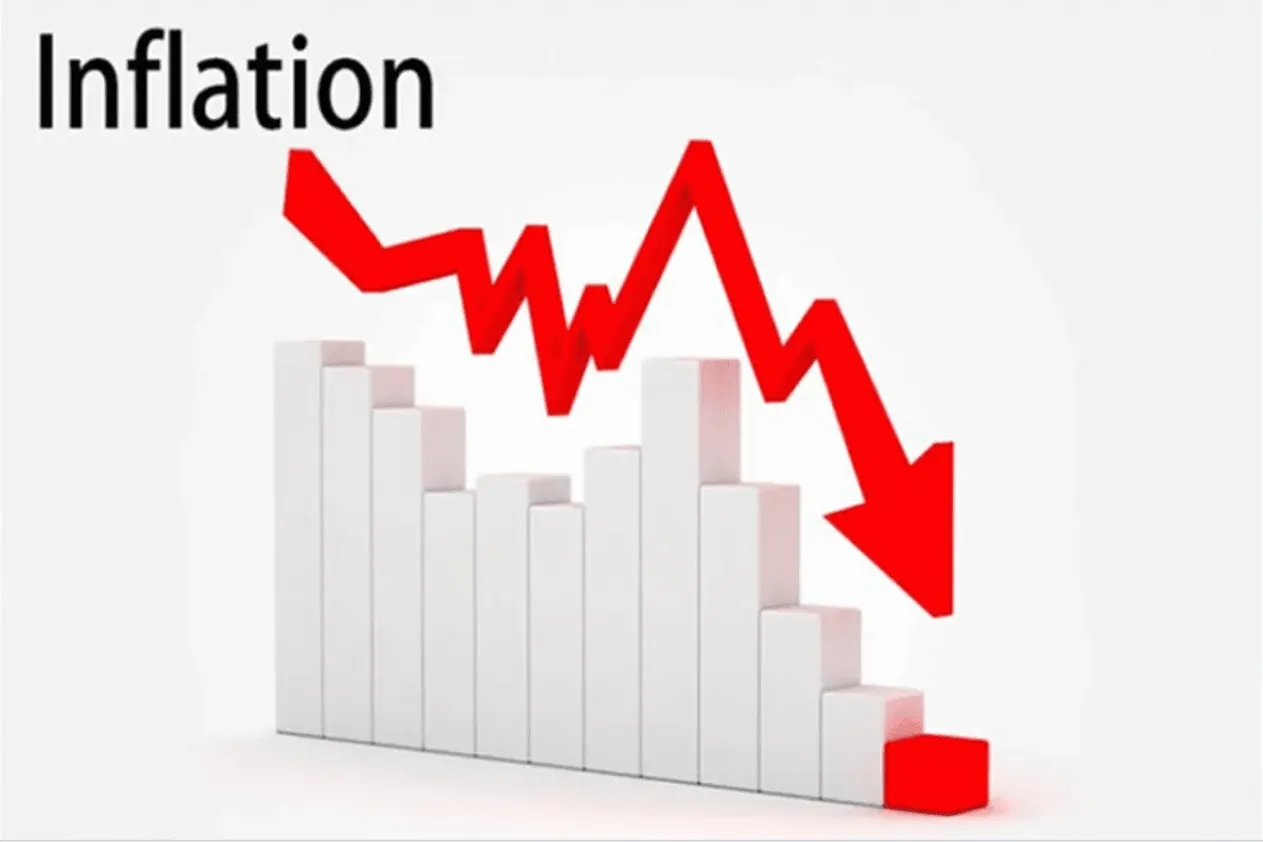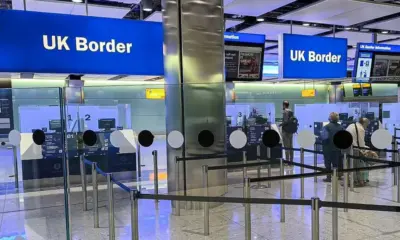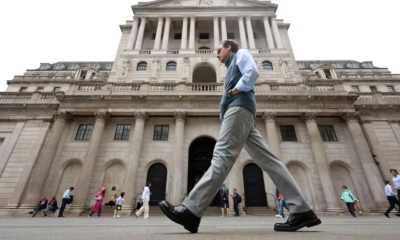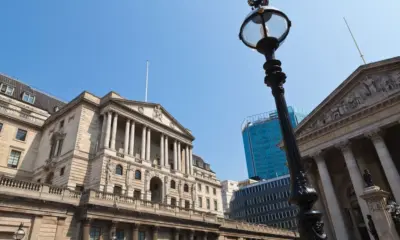Latest News
UK Inflation Drops to 1.9%: Is the Cost-of-Living Crisis Finally Easing?

Introduction
After years of financial strain and record price increases, the latest figures from the Office for National Statistics reveal a milestone for the British economy. Inflation has fallen to 1.9 percent, dipping below the Bank of England’s target for the first time since 2021. The decline marks a turning point in the cost-of-living crisis that has defined much of the past half decade.
While the drop has been welcomed by economists and households alike, experts caution that relief may be uneven and short-lived. Prices remain historically high, and although the pace of growth has slowed, many families continue to feel the lingering impact of past inflation. The question now facing policymakers and consumers is whether this decline represents a lasting recovery or a temporary reprieve.
The Numbers Behind the Decline
The latest ONS report attributes the slowdown primarily to falling energy and food prices, which had previously driven inflation to its highest levels in decades. Gas and electricity costs have stabilised following a sharp drop in wholesale energy prices, while improved supply chains have eased pressure on the cost of essential goods.
Transport costs also declined, with fuel prices falling by nearly 7 percent year-on-year, providing additional relief for consumers and businesses. Clothing and recreation categories recorded modest price rises, but these were offset by reductions in housing-related expenses and household goods. The moderation across multiple sectors contributed to the headline rate dropping below two percent.
Economists highlight that the Bank of England’s tight monetary policy, which kept interest rates elevated for over a year, played a key role in taming inflation. Reduced consumer spending and slower credit growth helped cool demand across the economy. Although this approach weighed on economic activity in 2023 and 2024, it has now yielded results in stabilising prices.
However, officials also warn that base effects, the mathematical comparison with last year’s elevated prices, have contributed to the sharp decline. In other words, inflation has eased partly because prices rose so rapidly a year ago. The overall cost of living remains significantly higher than pre-crisis levels.
Impact on Households and Living Standards
For millions of households, the easing of inflation brings cautious hope after years of financial hardship. Falling energy bills and slower food price increases have offered visible relief, particularly for lower-income families who spend a greater share of their income on essentials.
Real wages, adjusted for inflation, have shown positive growth for the first time since 2020. Workers are beginning to feel the benefits of pay increases that now outpace price rises, improving purchasing power and consumer confidence. Retailers have reported stronger sales in discretionary categories such as home goods and leisure, suggesting that households are regaining a sense of financial stability.
Despite these improvements, the cost-of-living crisis has left lasting scars. Rent and mortgage payments remain a major burden as high interest rates continue to filter through the housing market. While inflation may have fallen, housing affordability remains a critical challenge, particularly in London and the South East. Many families are also still repaying debt accumulated during the inflation surge, limiting their ability to save or invest.
Charities and consumer advocates warn that while the data points to recovery, the reality for many remains difficult. Essential goods are still significantly more expensive than they were before 2021, meaning that a return to genuine affordability may take time. For many households, this is a phase of stabilisation rather than full recovery.
Business and Market Reaction
The business community has responded to the inflation decline with a mix of optimism and restraint. Lower input costs are helping firms manage budgets more effectively, while improved price stability is encouraging investment. The manufacturing and retail sectors, which struggled with volatile supply costs, are now seeing stronger margins and increased planning confidence.
Small and medium-sized enterprises, which often operate with thin profit margins, stand to benefit most from predictable prices. However, business leaders remain cautious about future monetary policy. Many are urging the Bank of England to begin lowering interest rates gradually to stimulate growth without reigniting inflation.
Financial markets reacted positively to the ONS announcement, with the pound strengthening slightly and gilt yields stabilising. Investors interpreted the data as a signal that the UK economy may achieve a soft landing, avoiding recession while bringing inflation under control. Still, analysts warn that wage pressures and global energy fluctuations could complicate the picture in the months ahead.
Will the Relief Last?
The sustainability of this inflation slowdown depends on several key factors. Global oil prices, geopolitical tensions, and domestic wage growth all have the potential to reverse recent gains. The Bank of England has indicated it will wait for consistent evidence of stability before adjusting its interest rate policy.
Economists suggest that maintaining inflation around the two percent target will require careful balancing. Premature rate cuts could risk reigniting demand-driven inflation, while keeping rates too high may suppress growth and delay economic recovery. The challenge lies in transitioning from crisis management to sustainable expansion.
Consumer behaviour will also play an important role. After years of financial strain, many households remain cautious, prioritising savings and debt repayment over discretionary spending. While this may slow the pace of recovery, it could also help maintain price stability by preventing demand surges.
Ultimately, the easing of inflation represents progress, but not closure. The cost-of-living crisis has reshaped household budgets, business strategies, and government priorities in ways that will take years to normalise. The path ahead requires balancing optimism with realism, recognising that stability must now be carefully maintained rather than assumed.
Conclusion
The fall of UK inflation to 1.9 percent is a milestone that signals a new phase for the economy. Energy prices have stabilised, wages are outpacing inflation, and consumers are beginning to breathe again after years of pressure. Yet the story is far from over.
While the numbers offer hope, they also highlight the fragility of recovery in a world still exposed to external shocks. The cost-of-living crisis may be easing, but its legacy remains visible in every household budget and business plan. The challenge for policymakers is to sustain this progress while ensuring that stability translates into genuine prosperity.




















